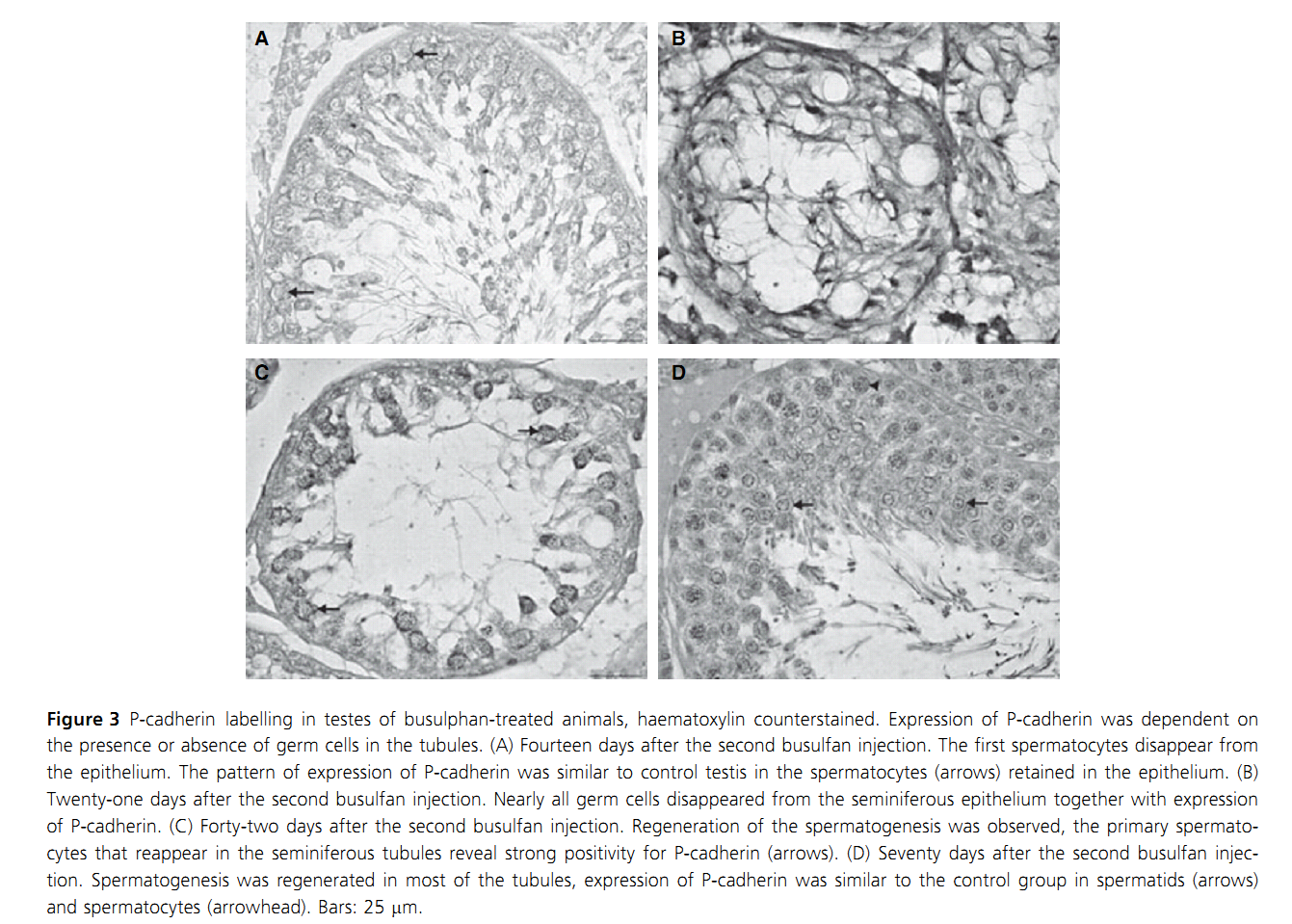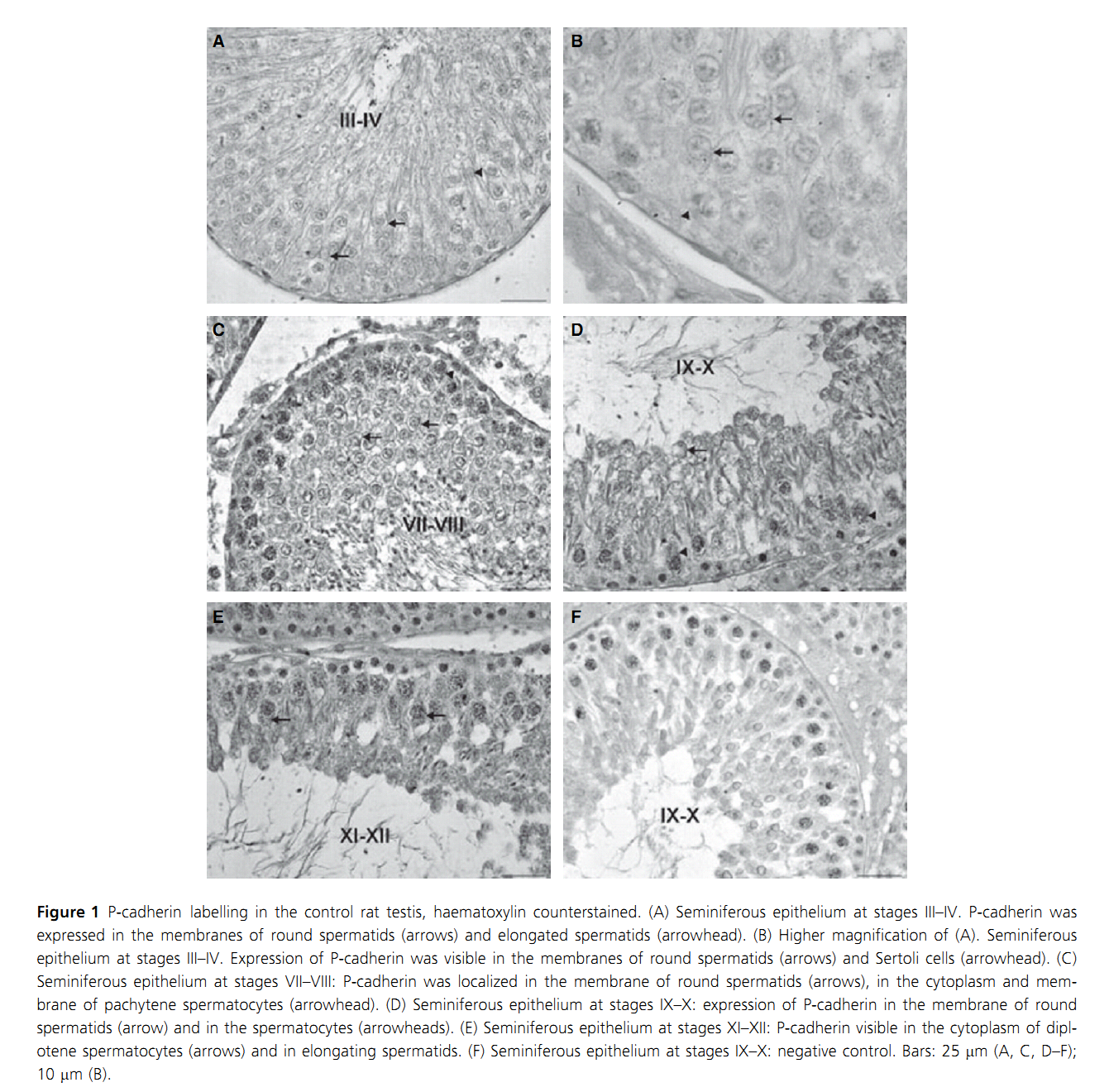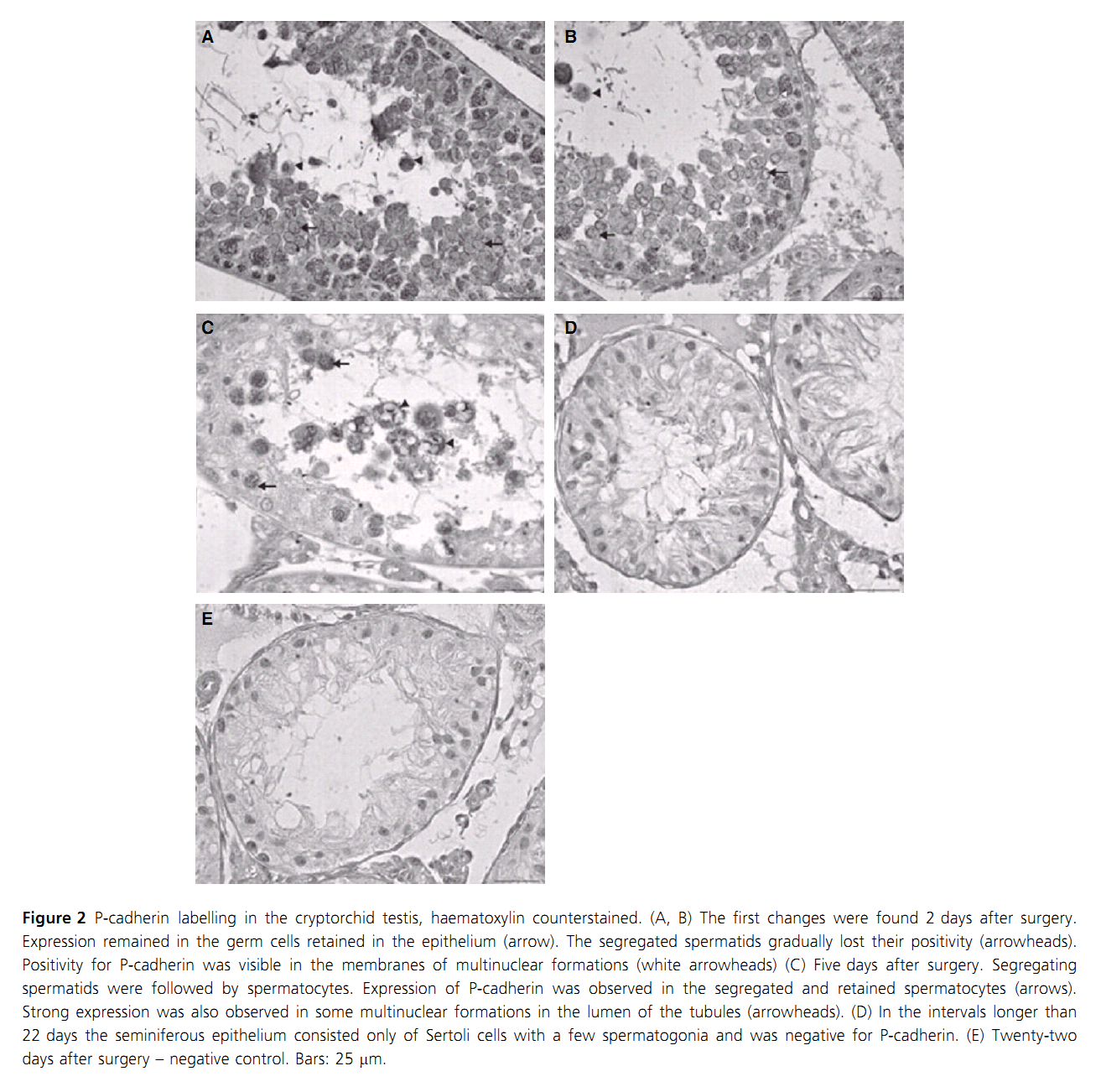| Tag | Content | ||||||||||||||||||
|---|---|---|---|---|---|---|---|---|---|---|---|---|---|---|---|---|---|---|---|
SG ID |
SG00002034 |
||||||||||||||||||
UniProt Accession |
|||||||||||||||||||
Theoretical PI |
FRAGMENT
|
||||||||||||||||||
Molecular Weight |
84153 Da
|
||||||||||||||||||
Genbank Nucleotide ID |
|||||||||||||||||||
Genbank Protein ID |
|||||||||||||||||||
Gene Name |
Cdh3 |
||||||||||||||||||
Gene Synonyms/Alias |
|||||||||||||||||||
Protein Name |
|||||||||||||||||||
Protein Synonyms/Alias |
SubName: Protein Cdh3Flags: Fragment |
||||||||||||||||||
Organism |
Rattus norvegicus (Rat) |
||||||||||||||||||
NCBI Taxonomy ID |
10116 |
||||||||||||||||||
Chromosome Location |
|
||||||||||||||||||
Function in Stage |
|||||||||||||||||||
Function in Cell Type |
|||||||||||||||||||
Description |
Temporarily unavailable |
||||||||||||||||||
The information of related literatures |
1. K. Pospechova, M. Kopecky, P. Nachtigal, N. Pospisilova, G. Jamborova and V. Semecky (2007) Changes in the expression of P-cadherin in the normal, cryptorchid and busulphan-treated rat testis. Int J Androl 30(5): 430-8. Abstract Adhesion between Sertoli cells and germ cells is important for spermatogenesis. Cadherins are Ca(2+)-dependent transmembrane proteins that mediate cell-cell adhesion. The aim of this study was to compare the expression of P-cadherin in unilaterally cryptorchid and busulphan-treated rat testes using immunohistochemistry. The pattern of expression of P-cadherin in the seminiferous epithelium changed with the stage of the seminiferous epithelium. The membranes of round spermatids and membranes and cytoplasm of spermatocytes were strongly positive. Our experiments revealed that busulphan treatment (2 doses - 10 mg/kg of body weight - 21 days apart) and cryptorchism led to destructive changes in the structure of seminiferous tubules, together with the decrease in P-cadherin expression. The expression of P-cadherin disappeared in the spermatids segregated from the epithelium while segregated spermatocytes remained still positive for P-cadherin during the 3- to 11-day cryptorchid period. In busulphan-treated animals, the expression of P-cadherin was dependent on the presence or absence of the spermatocytes and spermatids in the tubules. Strong positivity for P-cadherin was observed in the spermatocytes that re-appeared in the regenerating seminiferous epithelium. We suggest that P-cadherin participates in the architecture of adherens junctions in testis, plays an important role in maintaining normal spermatogenesis and that cryptorchism and busulphan treatment lead to adherens junction disintegration. PMID: [17298545] Back to Top |
||||||||||||||||||
Figures for illustrating the function of this protein/gene |
|
||||||||||||||||||
Function |
Cadherins are calcium dependent cell adhesion proteins(By similarity). Back to Top |
||||||||||||||||||
Subcellular Location |
Membrane; Single-pass type I membraneprotein (By similarity). |
||||||||||||||||||
Tissue Specificity |
|||||||||||||||||||
Gene Ontology |
|
||||||||||||||||||
Interpro |
IPR002126; Cadherin. IPR015919; Cadherin-like. IPR020894; Cadherin_CS. IPR000233; Cadherin_cytoplasmic-dom. Back to Top |
||||||||||||||||||
Pfam |
|||||||||||||||||||
SMART |
|||||||||||||||||||
PROSITE |
|||||||||||||||||||
PRINTS |
|||||||||||||||||||
Created Date |
18-Oct-2012 |
||||||||||||||||||
Record Type |
Experiment identified |
||||||||||||||||||
Protein sequence Annotation |
NON_TER 1 1 Back to Top |
||||||||||||||||||
Nucleotide Sequence |
Length: bp Go to nucleotide: FASTA |
||||||||||||||||||
Protein Sequence |
Length: 766 bp Go to amino acid: FASTA |
||||||||||||||||||
The verified Protein-Protein interaction information |
| ||||||||||||||||||
Other Protein-Protein interaction resources |
String database |
||||||||||||||||||
View Microarray data |
Temporarily unavailable |
||||||||||||||||||
Comments |
|||||||||||||||||||


